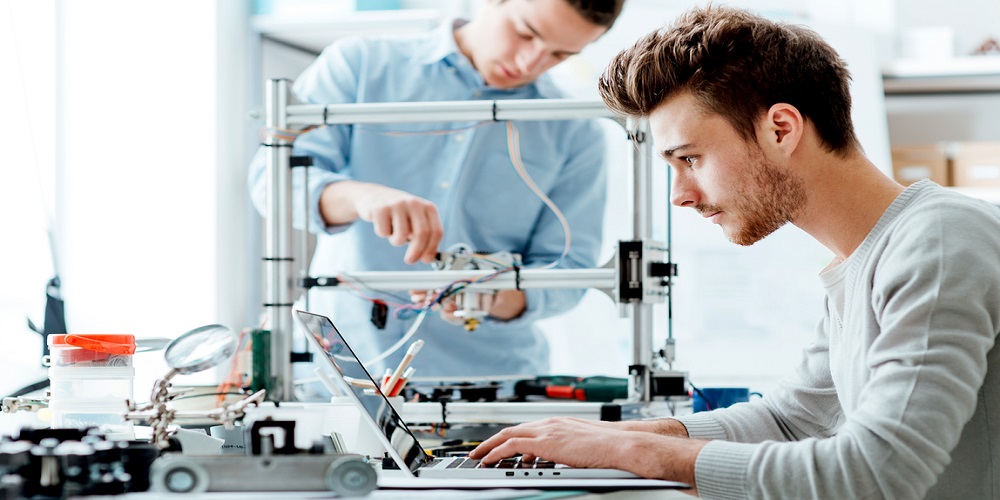The creation of a prototype is very important in our everyday life. This is so because it is the medium through which a person turns an idea in his imagination into reality. It is therefore what births our creative power as human beings and is responsible for virtually all the advancements we have in technology.
For this reason, most people seek out rapid prototyping services when getting started. The truth is you can make some blatant mistakes when creating a prototype.
This article focuses on prototypes and the common mistakes that can be made when creating one.
What exactly is a prototype?
A prototype is the first functional attempt at creating something which exemplifies key details and characteristics of something without necessarily being the end goal.
Prototype creation is therefore all the processes that are involved in making a prototype of any product or machine.
Variants of Prototypes
Various types of prototypes can be made by an inventor to test the workability of his product. They include;
- Non-working model prototype: This is a type of prototype that is made from basic materials such as plastic, foam, etc. The purpose of this model is to test the shape or form to ensure that is in the desired form
- Working model prototype: this is a type of prototype that is made for relevant materials needed for the final invention. It usually contains all the basic things required. The purpose of creating this model is to test the functionality of the product.
- Virtual prototype: This is the type of prototype that is made through the use of Computer-aided Design [CAD] software. It is usually made by tech-savvy inventors. It is used mainly for the purpose of presentations to investors, regulatory agencies, and other such related stakeholders.
The process of creating a prototype
- Put the idea in writing
- Make a sketch of your proposed inventions
- Make a virtual model of your proposed invention
- Make a non-working model of your proposed invention
- Make a working model of your proposed invention.
- Register it in accordance to appropriate intellectual property laws
Common mistakes made in prototype creation
- Not setting your eyes on the prize: in creating a prototype, inventors might be too focused on creating a prototype that they might think about the practical implications of creating the final product.
- Lacking Adaptability: just because you had an idea in your head before creating a prototype does not mean that you cannot modify or improve the idea. You have to give room for adaptability to bring out the best possible version of the idea at a time.
- Perseverance: Some inventors on failing the first will stop trying. Thomas Edison tried 99 times before finally creating the electric bulb. If you believe in an idea, just persevere. You might be the next genius of our time.
Conclusion
The utility of prototypes cannot be over-emphasized. It not only creates a means to bring ideas to life but also serves as a way of testing ideas before presenting the idea to the market. Do you have an idea in your head that could transform the entire human race or do you have that idea that is remarkably unique? Don’t let it die, create that prototype now!
